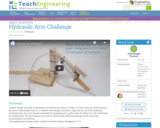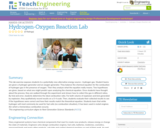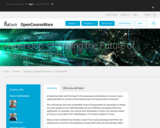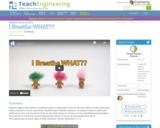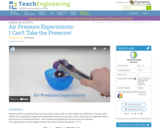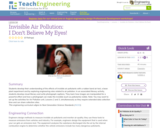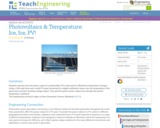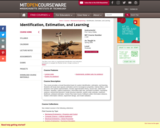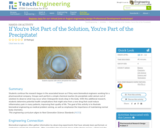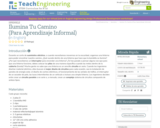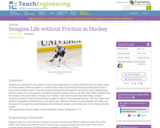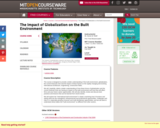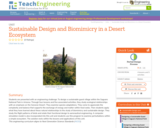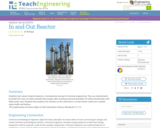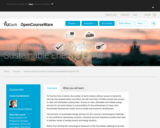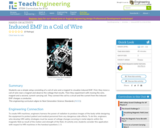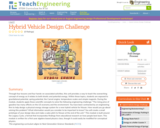
Through four lessons and four hands-on associated activities, this unit provides a way to teach the overarching concept of energy as it relates to both kinetic and potential energy. Within these topics, students are exposed to gravitational potential, spring potential, the Carnot engine, temperature scales and simple magnets. During the module, students apply these scientific concepts to solve the following engineering challenge: "The rising price of gasoline has many effects on the US economy and the environment. You have been contracted by an engineering firm to help design a physical energy storage system for a new hybrid vehicle for Nissan. How would you go about solving this problem? What information would you consider to be important to know? You will create a small prototype of your design idea and make a sales pitch to Nissan at the end of the unit." This module is built around the Legacy Cycle, a format that incorporates findings from educational research on how people best learn. This module is written for a first-year algebra-based physics class, though it could easily be modified for conceptual physics.
- Subject:
- Applied Science
- Engineering
- Physical Science
- Physics
- Material Type:
- Full Course
- Unit of Study
- Provider:
- TeachEngineering
- Provider Set:
- TeachEngineering
- Author:
- Joel Daniel
- Date Added:
- 09/18/2014
